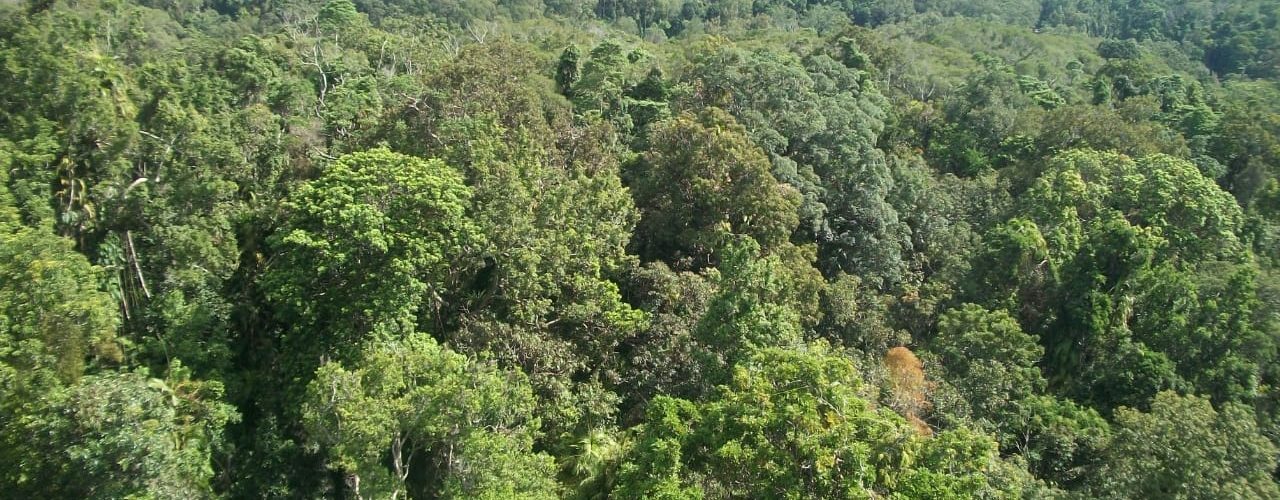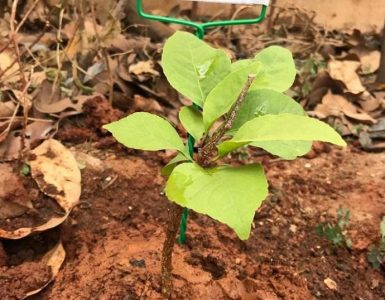As an important step towards the conservation of biodiversity, the Gujarat Forest and Environment Department has declared the ‘Inland Mangrove Guneri’ site located in Guneri, Lakhpat taluka of Kutch district as Gujarat’s first “Biodiversity Heritage Site”.
The Gujarat Biodiversity Board under the Gujarat Forest and Environment Department declared it’s first ‘Biodiversity Heritage Site’ which spans over an area of 32 ha. in Guneri village of Kutch.
While mangroves are associated with seawater as they get their nutrient requirements from it, the inland mangroves have either low or no direct connection to the seawater.
This inland mangrove forest is unique as it thrives on flat land, unlike traditional mangrove forests found along coastlines.
The inland mangroves have existed in small regions in Australia, Antigua-Barbuda, Bahamas, Guatemala, Indonesia, Mexico and Pakistan.
In India, the Kachchh region in Gujarat is the only place in the country that has shown the existence of inland mangroves – Shravan Kawadiya and Guneri, both places are located far away from the sea.
Gujarat has about 1600 km long coastline and is home to one of the largest and most important mangrove ecosystems in India. The Kutch region (Kori Creek, Jakhau Creek, and Sir Creek), Saurashtra coast (Porbandar, and Veraval) and Gulf of Khambhat are important regions where mangroves are found in Gujarat.
The Gulf of Kutch is adorned with huge mangroves covering an area of 980 sq km, which amounts to 23% of mangroves distributed in India.
The Rann of Kachchh located on the Gulf of Kutch is one of the largest saline and marshy tracts of the world. This region has a distinctive bio-geography as it lies along the Arabian Sea and the Thar Desert in the north.
The presence of India’s only inland mangroves adds to its ecological significance.
The designation of Gujarata’s first “Biodiversity Heritage Site” is important, because the inland mangrove in Guneri village of Lakhpat taluka in Kutch which covers an area of 32.78 hectares is the only one left in India.
The other inland mangrove in Shravan Kavadiya is now extinct due to the loss of inherent saline water in the area.
As a Biodiversity Heritage Site, inland mangroves in Guneri will receive protection from destructive activities like unregulated development or overexploitation.






Add comment